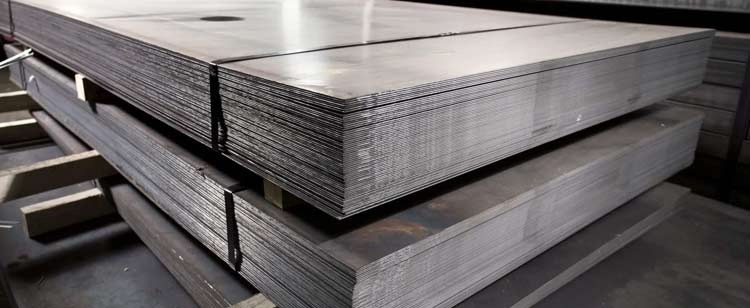Understanding the Various Grades of Stainless Steels: A Comprehensive Guide


Introduction to Stainless Steel Grades
Stainless steel is a popular material known for its resistance to corrosion and high durability. Amongst the numerous grades of stainless steel australia available, austenitic, ferritic, duplex, martensitic, and precipitation hardening are the most widely recognized. Each of these grades possesses unique properties that make them suitable for various applications in different industries.
Austenitic Stainless Steel
Austenitic stainless steels, characterized by their high nickel and chromium content, are non-magnetic and known for their exceptional corrosion resistance. The most common grade, 304, is widely used in food preparation equipment, kitchen utensils, and chemical containers. This grade maintains good weldability and formability, making it ideal for various manufacturing processes. Another notable variant is 316, which contains molybdenum, providing enhanced resistance to pitting and crevice corrosion in marine environments.
Ferritic Stainless Steel
Ferritic stainless steels are primarily composed of chromium and have a body-centered cubic crystal structure. They usually exhibit good corrosion resistance, though not as robust as austenitic grades. Commonly, grades such as 430 are used in applications where moderate corrosion resistance is adequate. Their magnetic properties and excellent formability make them suitable for automotive components and appliances. However, they are less tolerant to welding compared to their austenitic counterparts.
Duplex Supplier Stainless Steel
Duplex stainless steels combine austenitic and ferritic properties, resulting in an alloy with significantly increased strength and resistance to stress corrosion cracking. This grade is particularly beneficial in applications involving harsh environments, such as oil and gas exploration. Duplex supplier steel is often used in heat exchangers, offshore rigs, and chemical processing equipment. The dual-phase structure of duplex grades allows them to withstand high pressures, making them essential for demanding industrial applications.
A Closer Look at Martensitic Stainless Steel
Martensitic stainless steels are unique due to their high carbon content and ability to be hardened by heat treatment. This property gives them greater strength and wear resistance, which is essential for applications like cutting tools and surgical instruments. Grade 410 is one of the most commonly used martensitic stainless steels, providing decent corrosion resistance, though it's less effective compared to austenitic grades. The ability to undergo hardening makes martensitic grades suitable for demanding applications that require robustness.
Precipitation Hardening Stainless Steel
Precipitation hardening grades, as the name suggests, achieve strength through the formation of precipitates during heat treatment. They are designed for applications that need a combination of high strength and corrosion resistance. The most well-known grade in this category is 17-4 PH, which is widely used in aerospace and defense industries due to its mechanical properties. These alloys undergo processes that control the microstructure, resulting in significant enhancements in toughness and high fatigue strength.
Conclusion
In summary, understanding the various grades of stainless steel australia, including austenitic, ferritic, duplex, martensitic, and precipitation hardening, is crucial for selecting the appropriate material for specific applications. Each grade has its unique properties, strengths, and weaknesses, making them suitable for different sectors. As the demand for advanced materials continues to grow, knowledge of these stainless steel grades will remain vital for engineers, manufacturers, and stakeholders in various industries.

